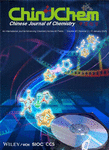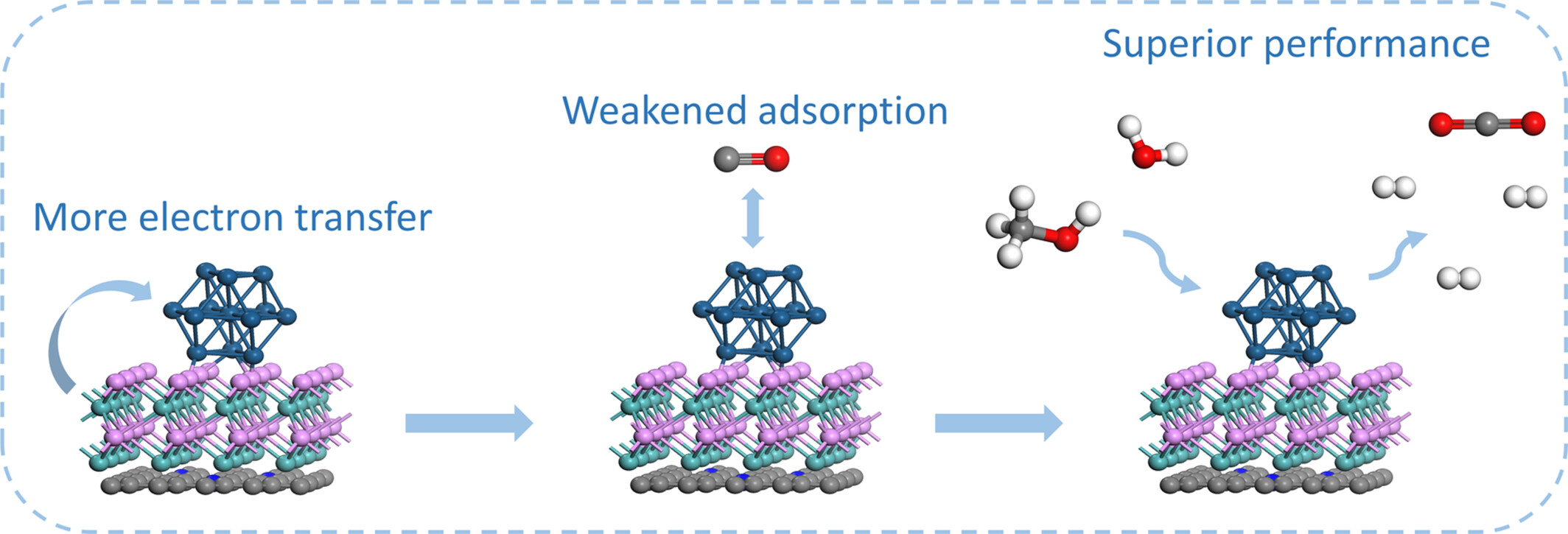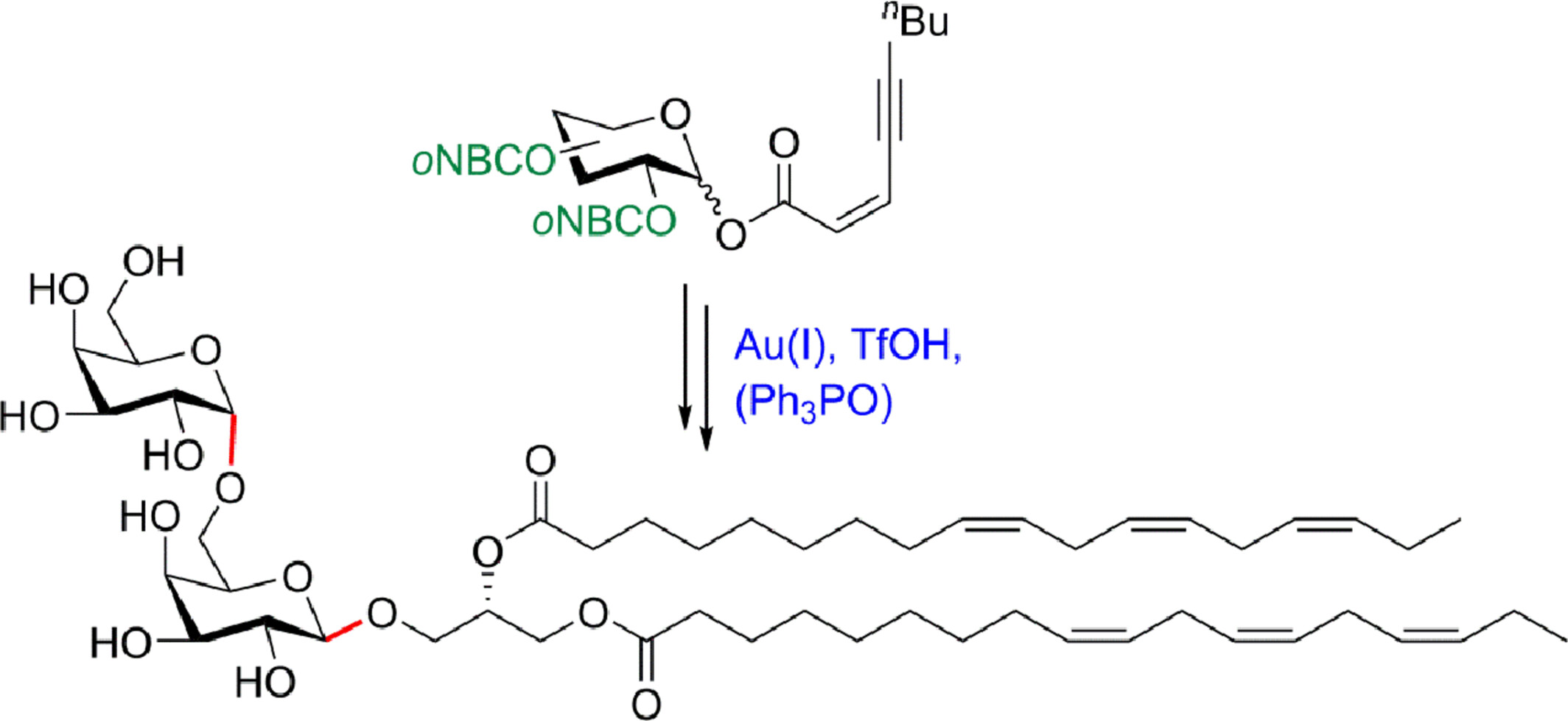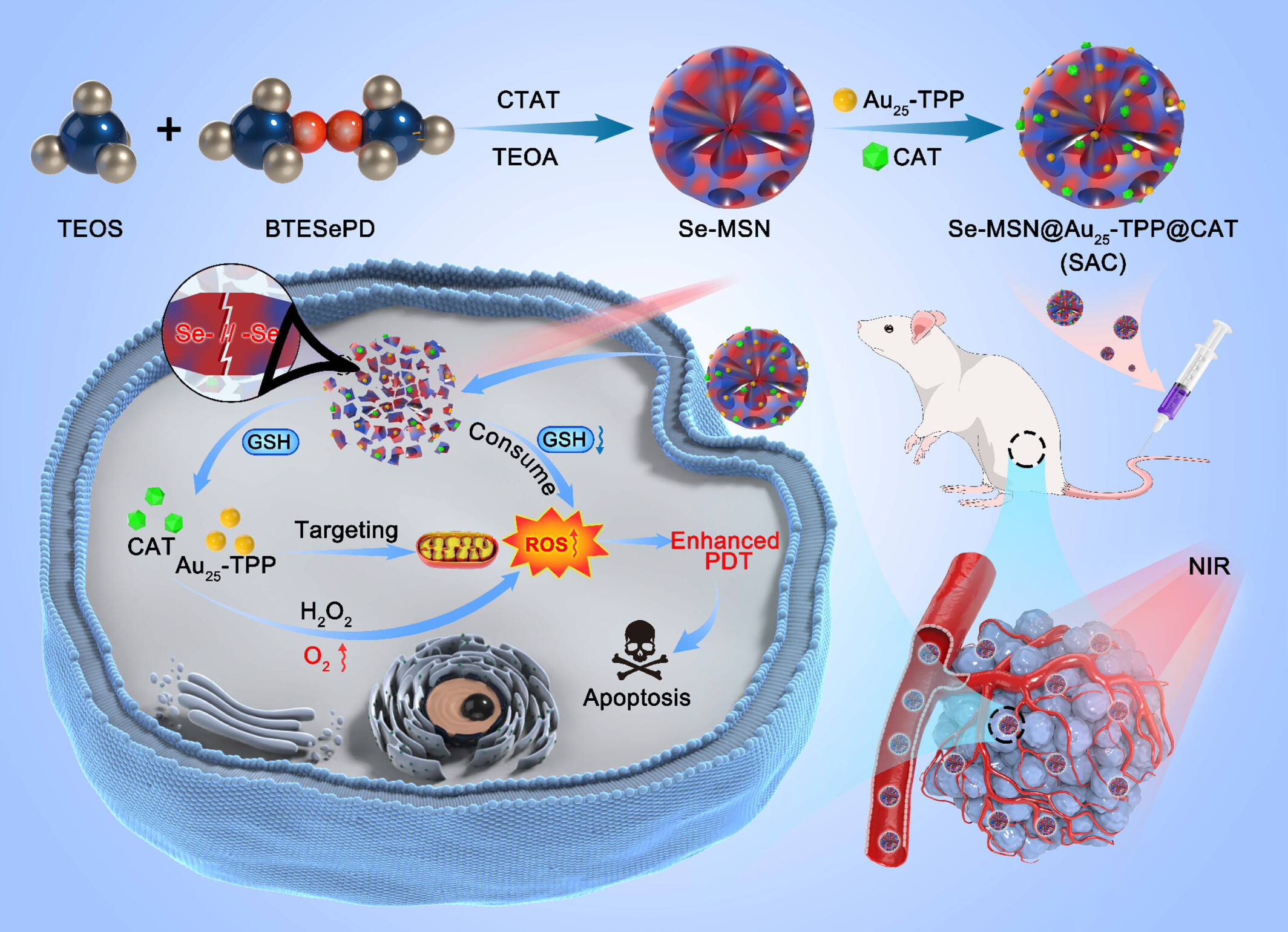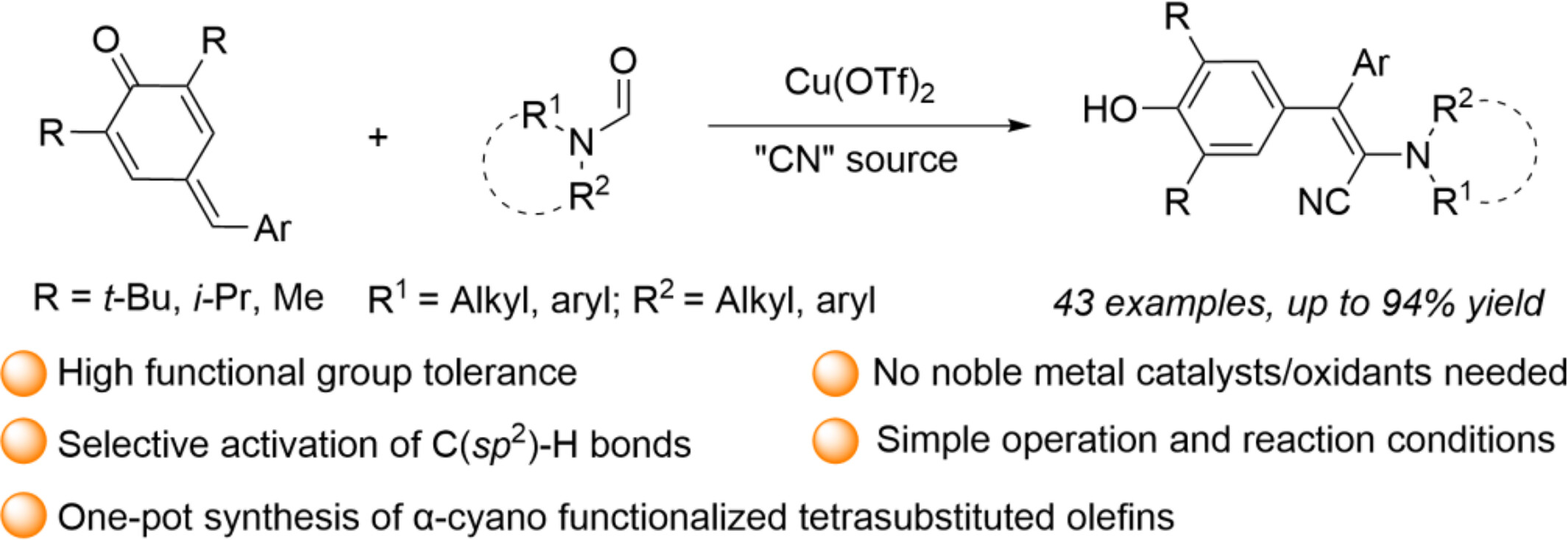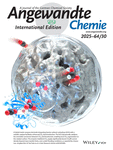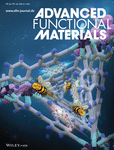Journal list menu
Export Citations
Download PDFs
Cover Picture
Cover Picture
- Page: 121
- First Published: 15 December 2024

A series of metallocene complexes [Ln{η5:σ-Me2C(C5H4)(C2B10H10)}2][Li(DME)3] (1Ln) (Ln = Tb, Dy, Ho, Er) were prepared with both σ-Cp and π-Cp interactions included. Based on 1Ln, a heteroleptic sandwich SMM [2-THF-2'-(μ2-Cl)Li(THF)3-2,2'-Ln(nido-1,7-C2B9H11)Cp*] (2Dy) was synthesized, exhibiting a large enhancement in the magnetic energy barrier and blocking temperature. The above single-molecule magnet materials have potential application in magnetic storage. More details are discussed in the article by Zheng et al. on pages 131—138.
Inside Cover Picture
Inside Cover Picture
- Page: 122
- First Published: 15 December 2024
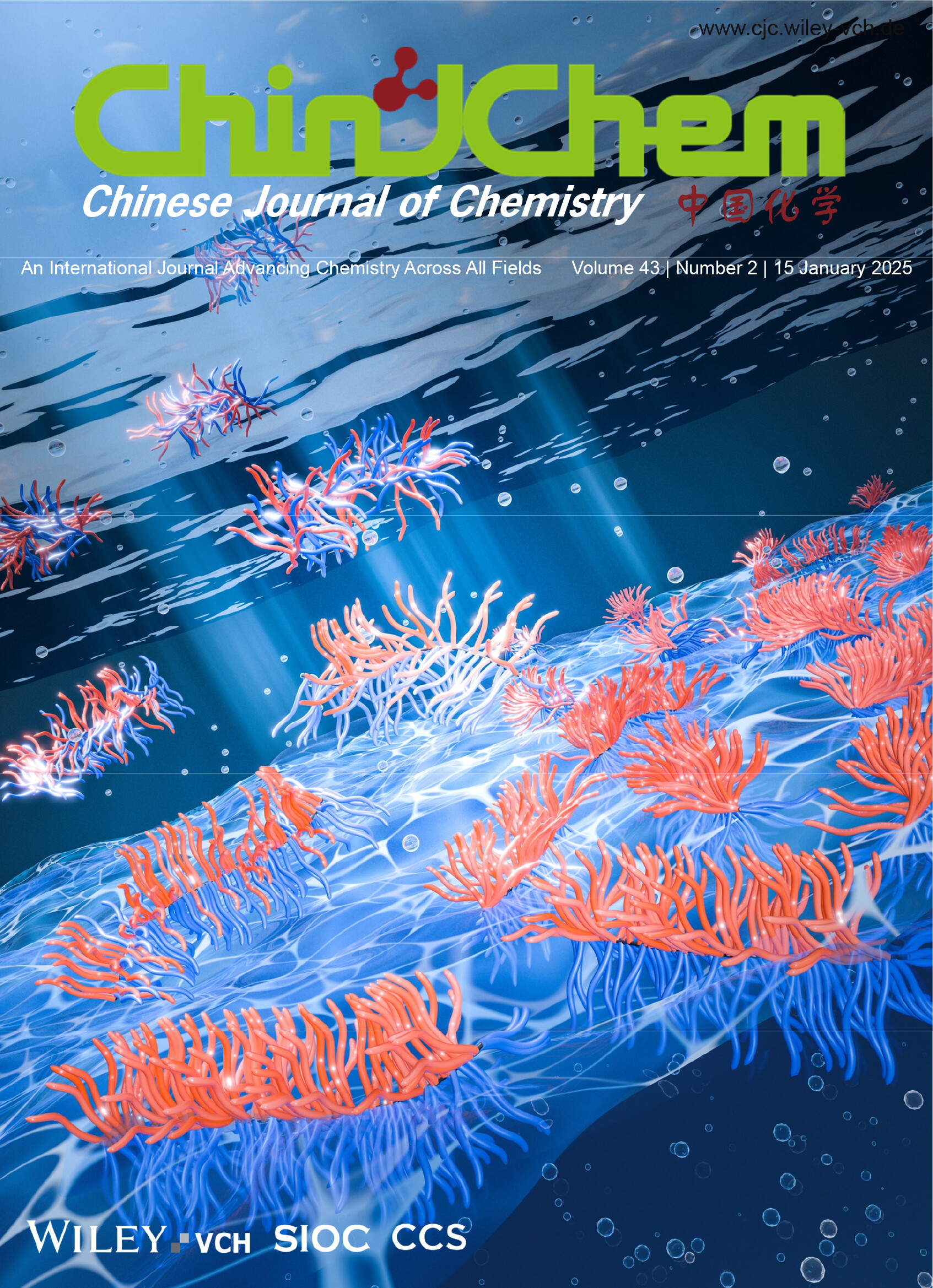
Oil-in-oil nonaqueous emulsions are of great interest for developing emulsion-templated polymers and encapsulation systems that are incompatible with water-sensitive substances. Here, the stabilization of oil-oil interface by bottlebrush random copolymers (BRCPs) containing norbornene backbones with densely grafted poly(methyl methacrylate) and polystyrene side chains is presented. Due to the high efficiency of BRCPs in reducing the interfacial tension, when using BRCPs as stabilizers, stable oil-in-oil traditional emulsions and high internal phase emulsions can be successfully obtained. More details are discussed in the article by Shi et al. on pages 139—145.
Contents
Comprehensive Report
Exploring the Magnetism of C5/C2B3 Heteroleptic Organolanthanide Sandwiches
- Pages: 131-138
- First Published: 07 October 2024

A series of metallocene complexes [Ln{η5: σ-Me2C(C5H4)(C2B10H10)}2][Li(DME)3] (1Ln) (Ln = Tb, Dy, Ho, Er) were prepared with both σ-Cp and π-Cp interactions included. Based on 1Ln, a heteroleptic sandwich SMM [2-THF-2'-(μ2-Cl)Li(THF)3-2,2'-Ln(nido-1,7-C2B9H11)Cp*] (2Dy) was synthesized, exhibiting a large enhancement in the magnetic energy barrier (Ueff = 616 (10) K) and blocking temperature (TB = 6 K).
Bottlebrush Random Copolymers at Oil-Oil Interfaces
- Pages: 139-145
- First Published: 07 October 2024
Concise Report
Energy-Saving Hydrogen Production from Methanol Electrocatalysis Catalyzed by Molybdenum Phosphide/Nitrogen-Doped Carbon Polyhedrons Supported Pt Nanoparticles
- Pages: 146-154
- First Published: 07 October 2024
Catalyst-Free, Radical Tri- and Difluoromethylation of Isocyanides and N-Arylacrylamides Using Rotating Magnetic Field and Metal Rods
- Pages: 155-160
- First Published: 07 October 2024

A magnetoredox system for catalyst-free tri- and difluoromethylation of isocyanides and N-arylacrylamides was developed by using a rotating magnetic field and metal rods. The relationship between the reduction potential of tri- and difluoromethylating reagents and the electromotive force generated by electromagnetic induction was also disclosed in this work.
A Cascade Reaction Triggered by H-H Steric Hindrance: Dimeric Covalent Organic Frameworks on Au(111) and Dimeric Nanoribbons on Ag(111)
- Pages: 161-168
- First Published: 07 October 2024
Photolabile ortho-Nitro-Benzyl Carbonate as a Permanent Hydroxyl Protecting Group for the Synthesis of Digalactosyl Diacylglycerol
- Pages: 169-174
- First Published: 16 October 2024
An Intelligent Triple Assisted Gold Cluster-Based Nanosystem for Enhanced Tumor Photodynamic Therapy
- Pages: 175-183
- First Published: 16 October 2024
Catalytic Asymmetric Conjugate Addition and Allylic Substitution of Cyclobutenones with Arylzinc Halides
- Pages: 184-190
- First Published: 17 October 2024
Copper-Catalyzed Regioselective Cyanation/Diarylmethylation of Formamides: Construction of α-Cyano Functionalized Tetra-Substituted Olefins
- Pages: 191-198
- First Published: 14 November 2024
Ytterbium-Catalyzed Tandem Diels–Alder/Claisen Rearrangement/Decarboxylation of Hetero-Allenes for the Synthesis of Diarylmethanes
- Pages: 199-204
- First Published: 17 October 2024
Critical Review
Regulatory Mechanisms and Applications of Rare Earth Elements-Based Electrocatalysts
- Pages: 205-218
- First Published: 25 October 2024

Rare earth elements are of great interest in the realm of electrocatalysis due to their unique physico-chemical properties. This review focuses on rare-earth-based catalysts, covering extensive ground on both the characteristics of rare-earth elements and regulatory mechanisms of rare-earth elements in electrocatalysis. The applications of rare-earth-based electrocatalysts were also discussed, hoping to deepen the understanding of the regulation mechanism of rare-earth-based catalysts and facilitate the collective progress of the field.
Recent Advances
Recent Advances of Boron-Containing Chiral Luminescent Materials†
- Pages: 219-238
- First Published: 25 October 2024
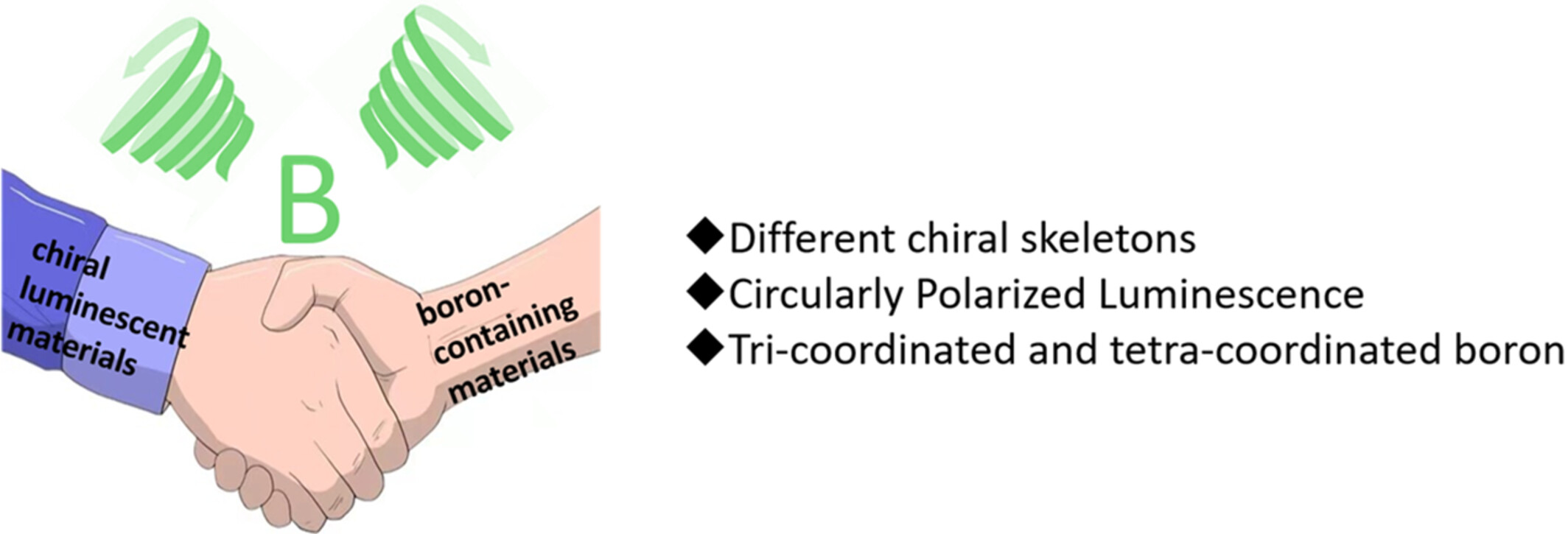
As an indispensable class of organic dyes, boron-containing luminescent materials play a vital role in organic luminescent materials. Chiral luminescent systems have a wide range of practical applications. Boron-containing chiral luminescent materials can not only effectively improve the luminescent properties of CPL materials, but also bring unique luminescent properties.
Inside Back Cover
Inside Back Cover
- Page: 243
- First Published: 15 December 2024
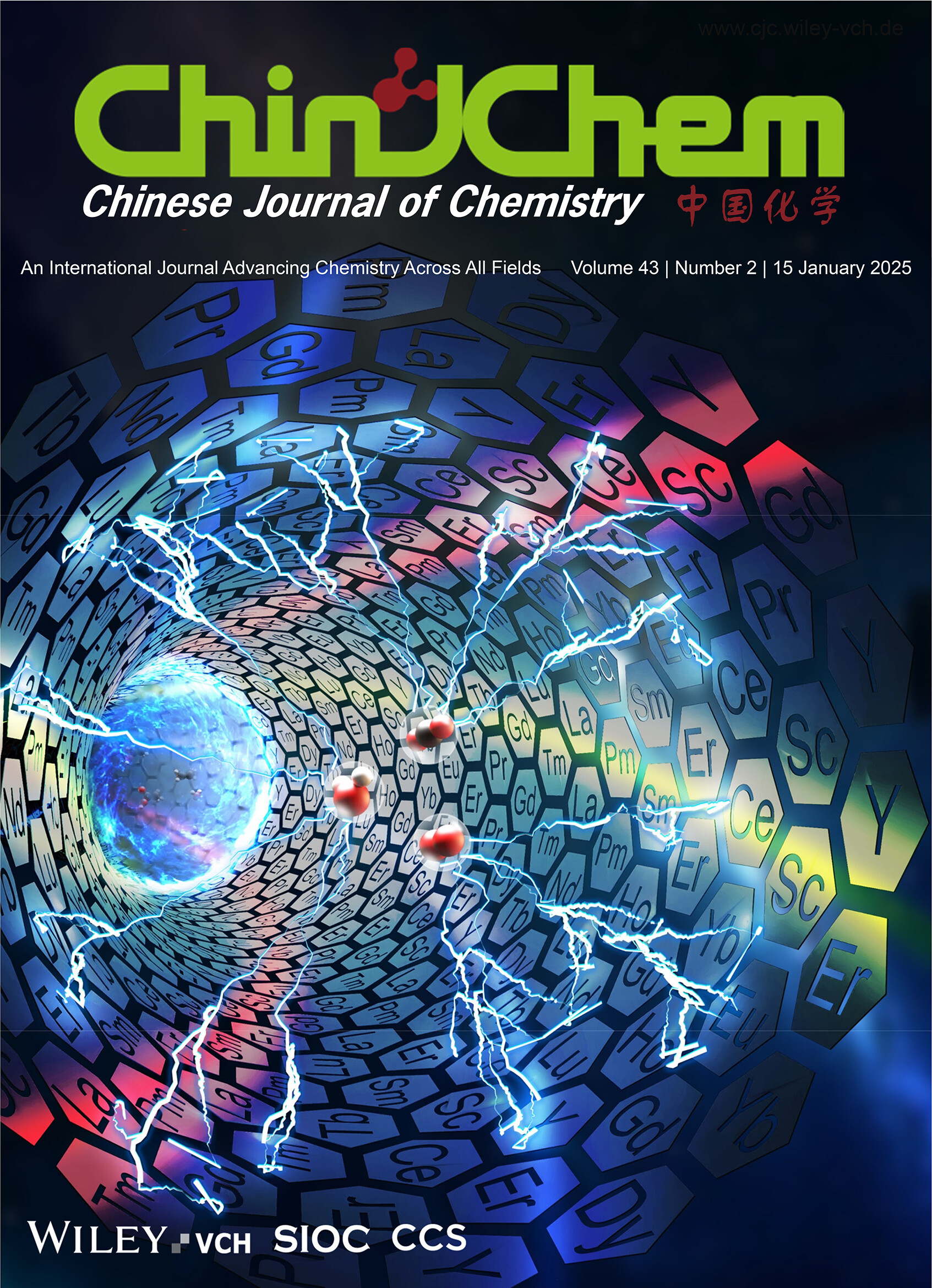
Catalysts are essential in advancing electrocatalytic applications. To strategically manipulate the d-band center and stabilize valence states, rare earth elements have been successfully integrated with other elements—such as precious metals and transition metals—in catalyst systems. This incorporation of rare earth elements fine-tunes the adsorption strength of the reaction intermediates, leading to significant improvements in catalyst activity, stability, and selectivity. For further insights, see the detailed discussion in the article by Xia et al. on pages 205—218.
Back Cover
Back Cover
- Page: 244
- First Published: 15 December 2024
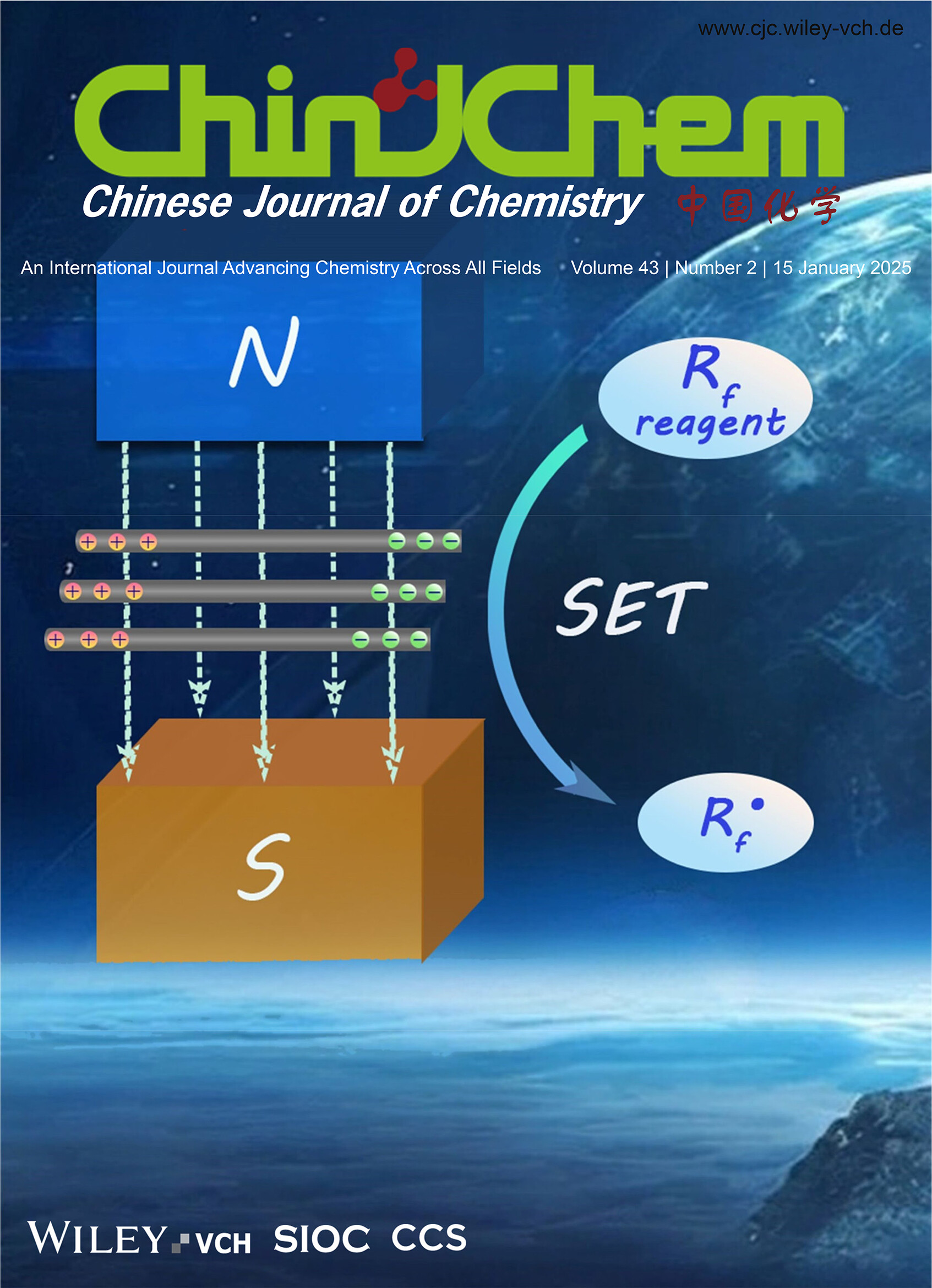
The pursuit of sustainable and environmentally benign synthetic methods continues to challenge organic chemists. Herein, we introduce a new redox system using a rotating magnetic field and steel rods. This magnetoredox approach enables tri- and difluoromethylation of isocyanides and N-arylacrylamides for facile synthesis of functionalized phenanthridines and oxindoles without the need for catalysts and additives under mild conditions. More details are discussed in the article by Li et al. on pages 155—160.




